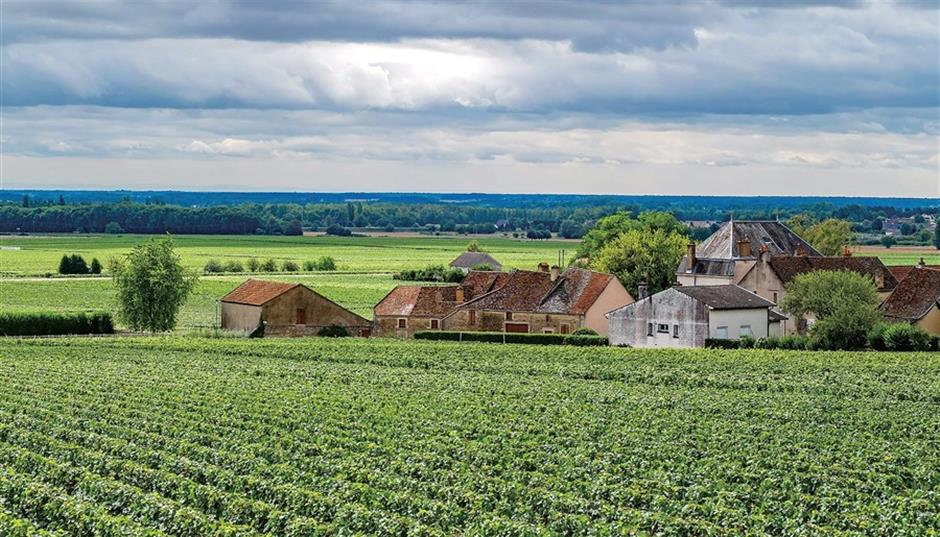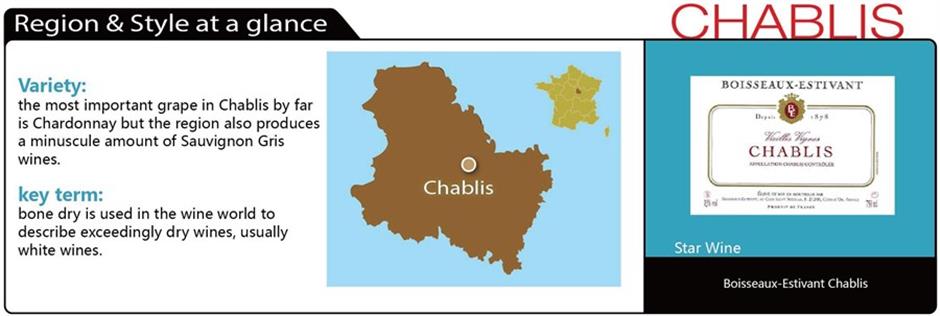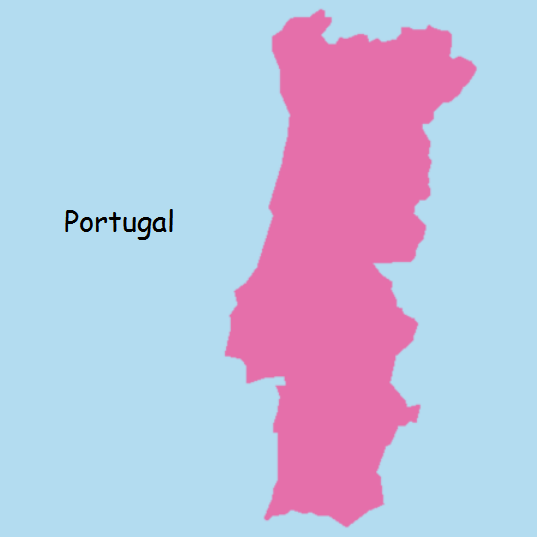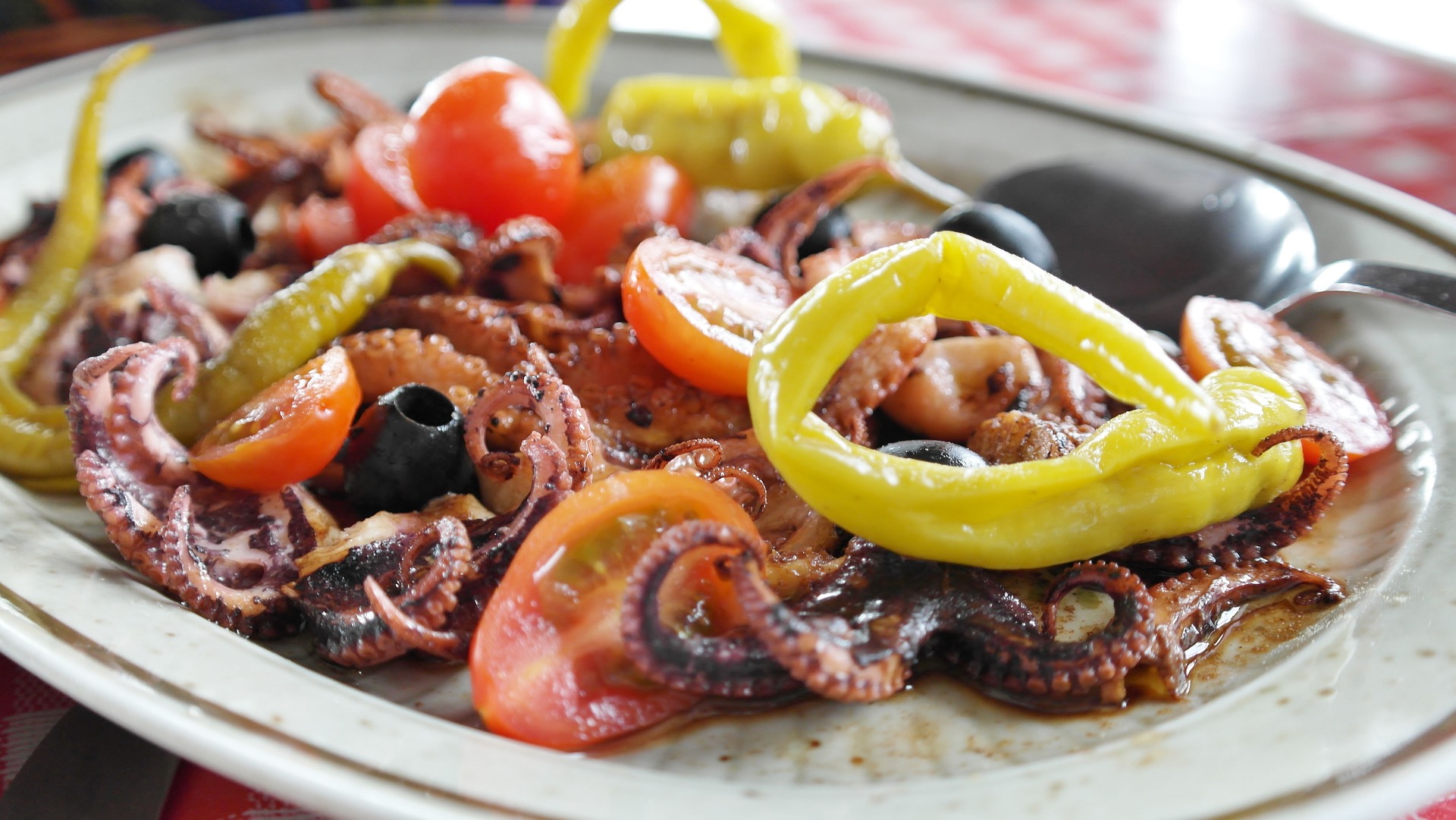Summary
EVERYTHING is more casual these days. What we eat, drink, wear and even how we communicate. Some call this progress, and in many ways, it is, but at what cost? The feature in today’s Sunday section is on Chinese state banquet chefs, a topic that harkens back to a more formal and opulent age.
As a writer, I particularly laminate the slow decline of the written word. Actually, this loss of language skills began many years ago with the advent of the telephone. Instead of carefully composed notes, letters and documents that had to get the point across accurately the first time around, with the phone people had second or third chances to achieve comprehension, i.e. “sorry I didn’t get that, come again.” The note or letter had no such luxury. Now in the social media age our most intimate feelings and expressions are being replaced by acronyms and even worse emocons. OMG!

Chablis vineyard
Progress is progress and there’s no escaping it, even in the wine world. Wines today are friendlier, more approachable and easier to understand. I was even at a wine party recently where the wines were served out of large plastic cups, the kind you’d see at a college frat party. I must admit that the democratization of wine drinking has allowed more people to drink and appreciate wine and this is a good thing. Despite my somewhat reluctant acceptance of the inevitability of what we call progress, I still love old fashion things including traditionally styled wines. One of the best rests in the northern most enclave of Burgundy.
Chablis
There’s something uniquely old-school and deliciously formal about Chablis wines. These bone-dry wines with pronounced minerality aren’t for everyone. What they do bring to the table is one of the world’s most stylish, refined and urbane dry white wines. Several factors contribute.
Except for Champagne and Alsace, the region of Chablis is the most northerly wine region in France. Located 100 kilometers north of the Cote d’Or, Chablis experiences cold temperatures and weather extremes. Spring frosts are a particular threat to immature buds before they become grapes, while severe weather at harvest time is another common risk.
Despite climatic challenges, the history of winemaking in Chablis is long and rich. The third century Roman Emperor Marcus Aurelius Probus was said to have favored Chardonnay that was first planted in the region by the Cistercian monks in the 12th century. The earliest documented mention of Chablis dates back to AD 510. Chablis’ proximity to Paris meant wines could be easily transported to the capital via the Yonne River and therefore the wine became a favorite of French kings and nobility. Throughout its long and rich history, the wines of Chablis have been recognized for their unique style.
Modern wine aficionados are fond of saying that Chablis is the perfect wine for those who don’t like Chardonnay. Of course, Chablis is 100 percent Chardonnay but due to the climate, soils and winemaking, Chablis wines are more fresh, delicate and decidedly racier than the fruity, oaky and rounder Chardonnays of the more southern regions of Burgundy. Chablis wines also exhibit distinctive steely or mineral characteristics. Even the vivid greenish-yellow color of most young Chablis wines distinguishes them from the more golden yellow wines of the Cote d’Or.
In addition to style, another factor that makes Chablis less friendly and accessible to many consumers is the need for knowledge. All Chablis wines are not the same. At the base of the quality are Petit Chablis wines, that come from vineyards farthest from Chablis town. These are the lightest and most simple wines of Chablis ranging from drinkable to pleasant.
Chablis AC wines are the largest category and vary in quality from good to very good. Both Petit Chablis and Chablis AC wines have no or very little oak used in the winemaking process and their light and fresh qualities make them suitable for light and fresh foods, especially raw seafood.
The next step up, Premier Cru Chablis wines are consistently good to excellent in quality and offer a price-quality ratio that’s hard to beat in Burgundy or elsewhere. There are approximately 40 Premier Cru vineyards in Chablis and three of my favorites are Montee de Tonnerre, Mont de Milieu and Montmains.
Grand Cru Chablis wines are among the greatest white wines in the world offering refinement, intensity and complexity. While not cheap, they routinely outperform much more expensive Burgundy whites from the south. The seven Grand Cru vineyards are Les Clos, Vaudesir, Valmur, Grenouilles, Blanchot, Les Preuses and Bougros. Both Premier and Grand Cru Chablis wines are superb companions to elegant seafood or white meat dishes as well as high-quality soft French cheeses. I’m also fond of serving them with richly flavored Shanghai style fish in red sauce dishes.
Fortunately, good Chablis wines are easy to find in Shanghai. The Boisseaux-Estivant Chablis is an eminently affordable old vine wine with titillating yellow fruit, floral and mineral qualities. Also available are the wines of La Chabliseinne, the largest Chablis cooperative that accounts for almost 30 percent of total regional production. Their wines are well-made, sensibly-priced and representative in style. Other fine Chablis specialist producers to look for are Domaine Larouche, William Fevre and Christian Moreau. So the next time you wish to reminisce about the lost traditions and beauty of bygone times raise a glass, crystal not plastic please, and enjoy a quintessential white wine experience that shall never get old.






